I visited Cartago on a trip through Colombia that took me from the heart of the Coffee Triangle to Cali. A girl I met in the town of Armenia suggested I stop by.
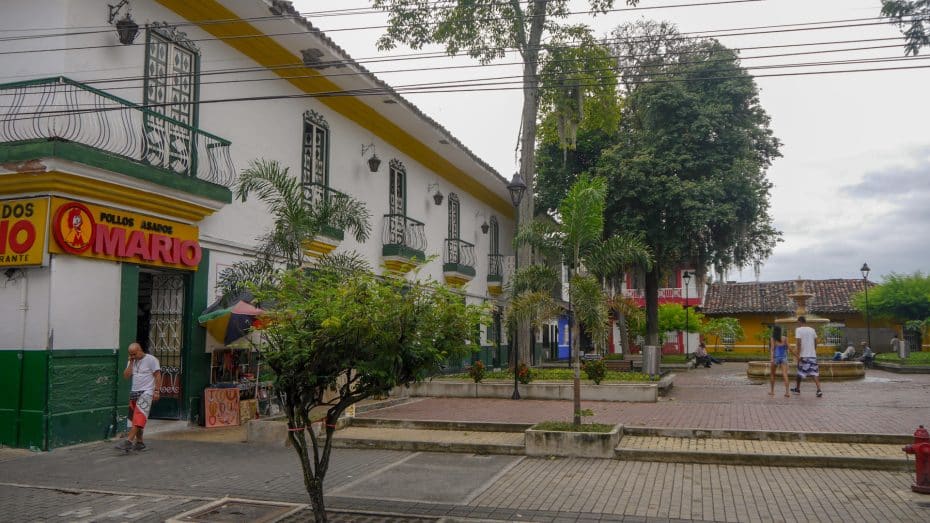
“Cartago is just like Salento but without the tourists”.
Random girl I met in Colombia
Cartago sits in an interesting spot just 53 km (about 33 miles) south of Pereira and 180 km (116 miles) from Cali. While the town is officially in the Valle del Cauca department, it offers a middle ground between the relaxed, easy-going atmosphere typical of the Paisa region and the Valluno energetic and fiery character.
The town didn’t disappoint; it was quieter but just as full of life. With fewer crowds, there was more room to stroll the streets and soak in the atmosphere of a quaint town not (yet) overrun by drunken gringos.
You won’t find Cartago in many travel books, and that’s part of its charm. It’s not trying to impress with grand monuments or over-the-top attractions; instead, it offers a genuine slice of Colombian daily life without all the frills. Oh, and did I mention that it’s super cheap?
Colombia Off-the-Beaten-Path: Cartago Overview
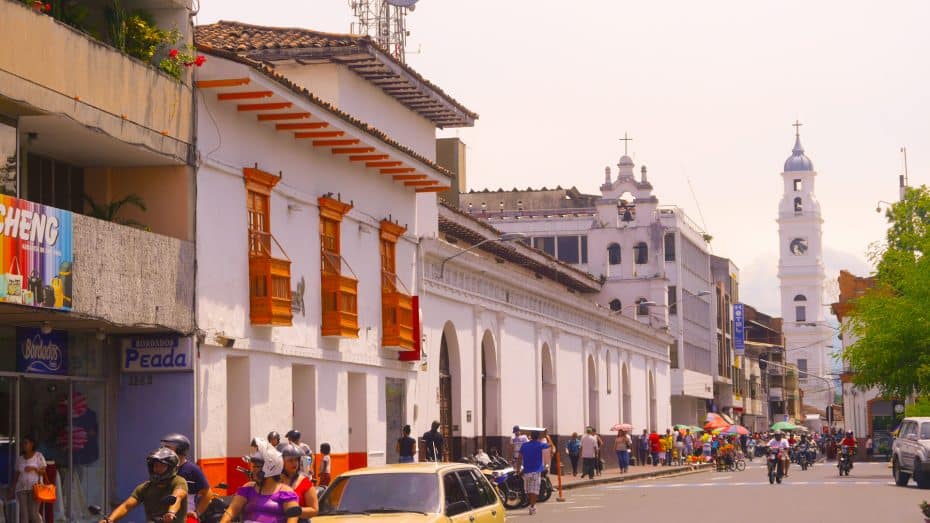
Cartago is a small town in west-central Colombia, located at the northern end of the department of Valle del Cauca. This historic town is one of the oldest in the country. Its location on the main road linking the cities of Pereira and Cali makes it an attractive place to stop if you’re traveling through the country, especially if you are traveling from the Eje Cafetero to the south of the country.
Unlike Medellín or Bogotá, Cartago is indeed an up-and-coming destination in Colombia. Although it’s off the beaten tourist path, it has lovely colonial sights, great traditional food restaurants, and unbeatable prices.
Founded by the Spanish in 1590 as San Jorge de Cartago in the place where the current city of Pereira stands, Cartago had a turbulent beginning. Persistent attacks from Andean indigenous people forced the city to move to flatter lands in 1691.
Its new location, halfway between the major cities of Quito and Cartagena de Indias, promoted Cartago’s growth as a thriving commercial city.
Nowadays, Cartago is the sixth largest city in Valle del Cauca and its historic center still features some colonial, republican, and neoclassical architectural treasures.
Things to See in Cartago, Valle del Cauca, Colombia
1. Casa del Virrey
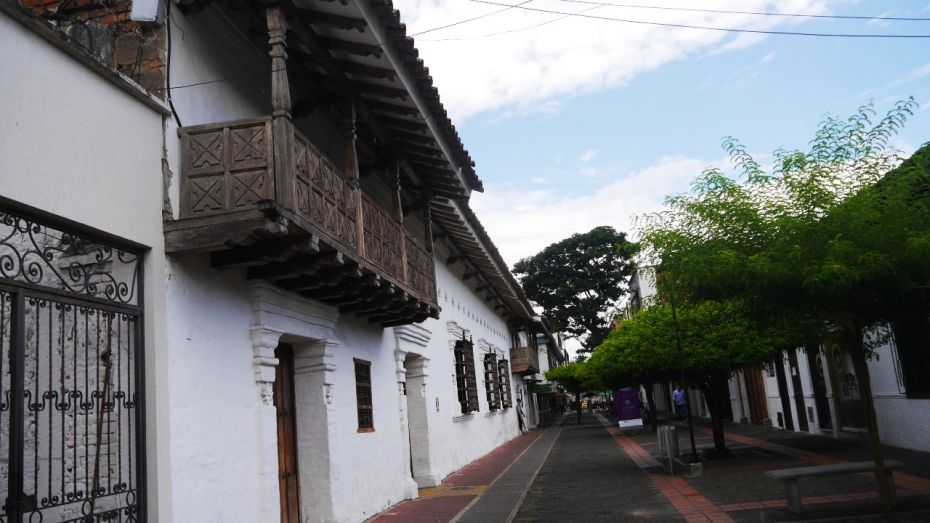
The Casa del Virrey (Viceroy’s House) is right in the middle of Cartago’s historic center and is considered one of the top examples of colonial civil architecture in Valle del Cauca. Built towards the end of the 18th century by Creole landowner Sebastián de Marisancena for his family, its name “Viceroy’s House” remains a bit of a head-scratcher.
Word on the street is that Marisancena had the mansion built, hoping it would serve as a vacation home for Nueva Granada‘s Viceroy José Manuel de Ezpeleta, even though there’s no proof he ever set foot in Cartago.
Like most fancy houses from colonial times in the Americas, the Viceroy’s House has a traditional Andalusian layout with a Mudéjar flair: a rectangular floor plan organized around a big central courtyard, wooden beams, and a balcony on its main facade.
These days, the casa houses the Pedro Morales Pino Music Conservatory, Luis Alfonso Delgado History Center, and Cartago’s Historical Archive, which has been keeping the city’s written memories safe since 1612.
2. Catedral de Nuestra Señora del Carmen
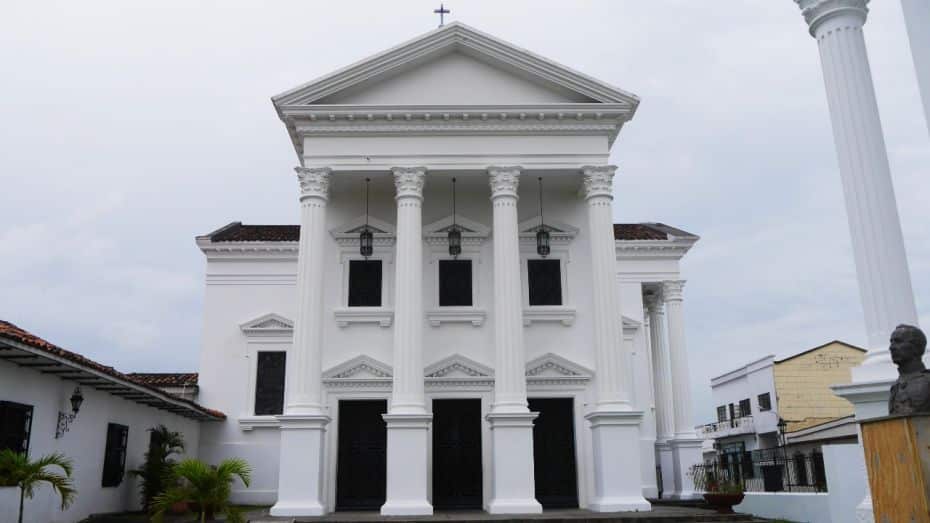
The main Catholic church and the most noticeable building in Cartago is its cathedral, named after Our Lady of Carmen. Although it has a neoclassical style, it was actually built in 1944 to replace the original mid-19th-century church. So I guess you might even say it’s a neo-neoclassical church.
Interestingly, it has a detached bell tower, copying the one from the Basilica of Our Lady of the Rosary in Pompei, Italy.
Cartago’s cathedral has a Greek cross floor plan, three aisles, and a main altar. Inside, you’ll find an image of the Virgin of Carmen and a relic from Pope John Paul II.
3. Casa de la Cultura San Jorge de Cartago
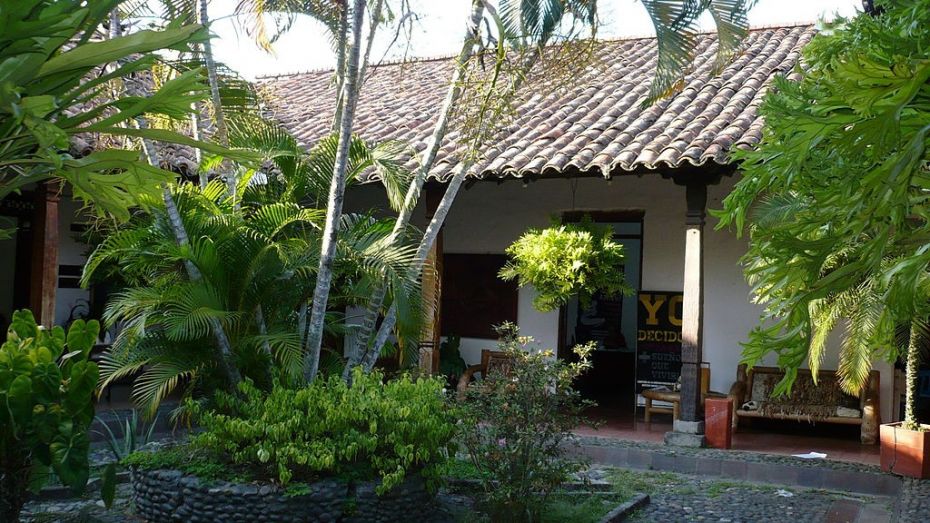
The San Jorge Cultural House in Cartago sits in an old building from the late 17th century. You’ll find it right next to Santander Park on 3rd Street.
This building was built before the Viceroy’s House and still has some of its original doors and windows. Today, the building is home to the Sub-Secretariat of Culture and Tourism, which regularly hosts temporary exhibitions.
4. La Isleta Park
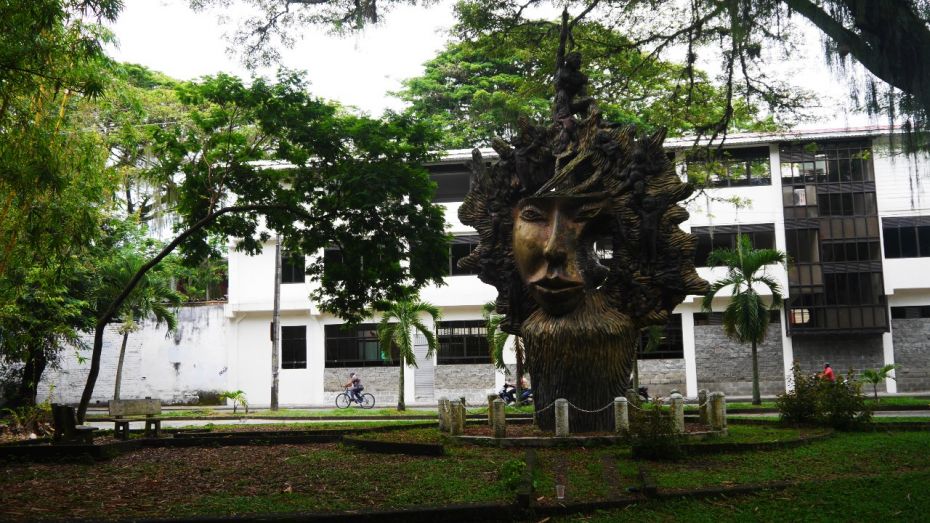
El Parque de la Isleta is right next to the center of Cartago. It got its name because it was once a natural island made by the Vieja River, which now flows north of the park.
This park spreads over 5.5 hectares, where you can spot iguanas, squirrels, and birds. There are sports facilities, a sound shell, and some big sculptures. Check out the Sun Monument, the Marshal Robledo Monument, and a replica of the Boyaca Bridge. Remember not to feed the iguanas!
5. Parque de Bolívar
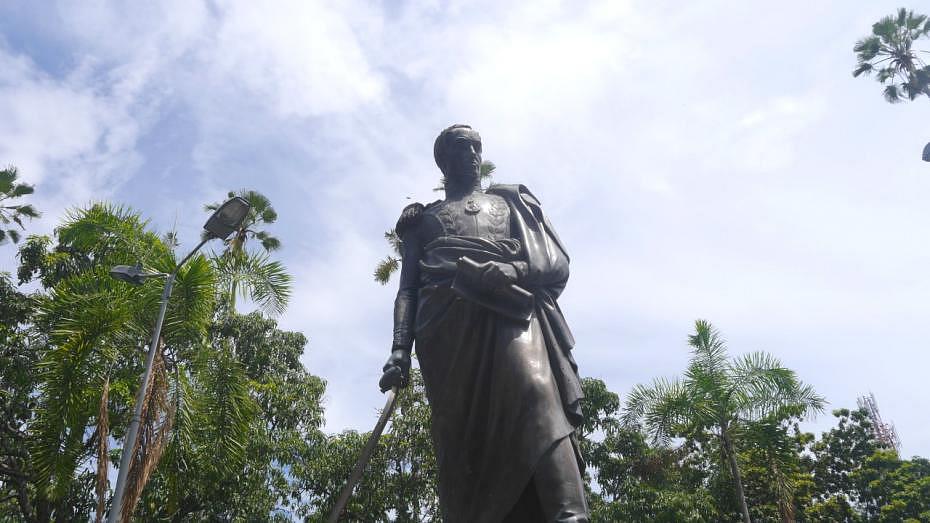
Like most Colombian towns, Cartago’s central square is dedicated to the Liberator Simón Bolívar. This lively public park sits on what was once the colonial-era Plaza Mayor and has always been a hub for business and culture since the city was founded.
There’s a bronze statue of Simón Bolívar in the middle of the park. Cartago’s main spots are around the square, such as the Our Lady of Carmen Cathedral, the Viceroy’s House, Our Lady of Poverty Church, and Guadalupe Chapel.
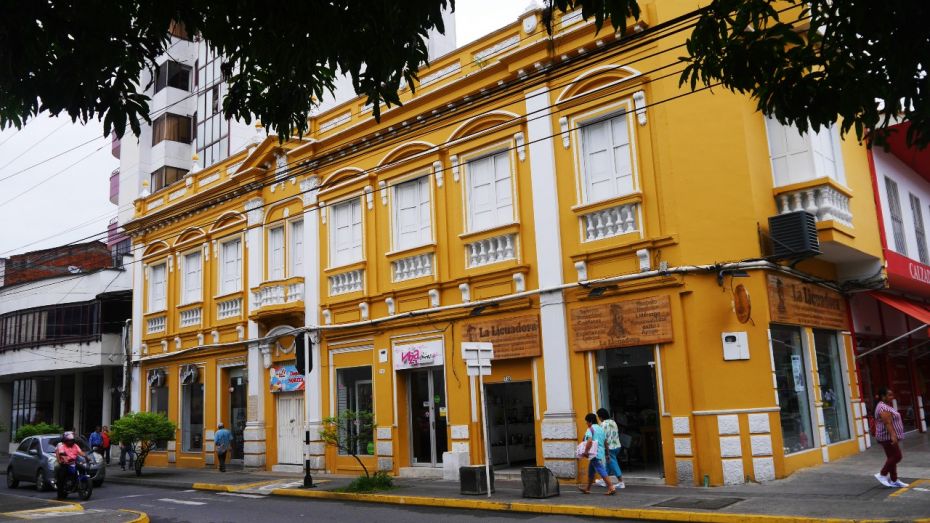
In the surrounding streets, you can also see some colonial, neo-colonial, and republican-style mansions, which show the historical importance of this city in Valle del Cauca.
6. Guadalupe Chapel
The Chapel of Our Lady of Guadalupe is a small church in the historic center of Cartago. Dedicated in 1810, the Guadalupe Church is one of the oldest churches that still keeps its original structure in this part of Colombia.
This chapel has a simple colonial style and contains an image of the Virgin of Our Lady of Guadalupe brought from Mexico.
7. Nuestra Señora de la Pobreza Church (San Francisco Temple)
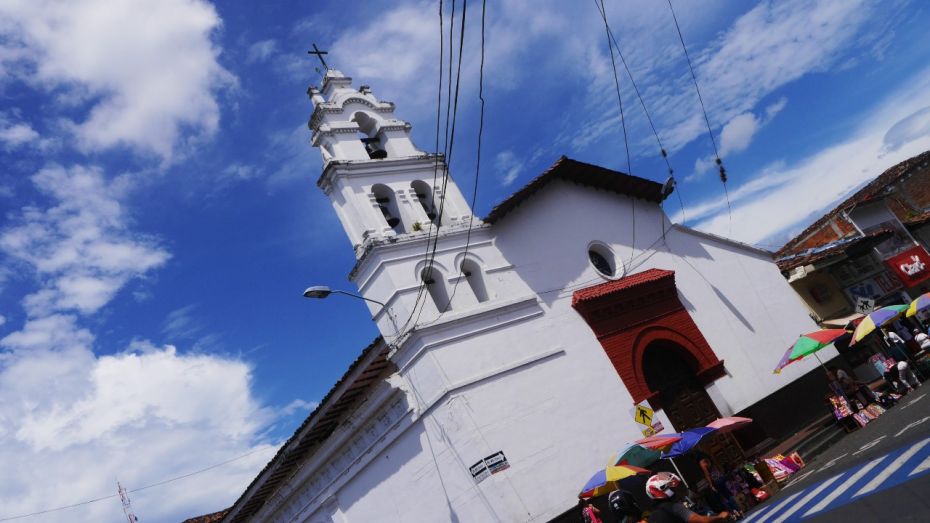
Yet another religious building in Cartago with a story to tell. The San Francisco Church is dedicated to Our Lady of Poverty and dates back to the late 18th century.
Getting to Cartago, Colombia
Cartago is located on the main road connecting Cali and Pereira. It can be reached by bus from both cities through several transportation companies, such as Colectivos del Café, Coochoferes, Expreso Alcalá, and Tax Cartago.
You can book bus tickets in Colombia here.
From the bus terminal in Pereira, the trip takes about 30 minutes, and there are many daily frequencies. From Cali, the trip takes about two hours.
Note that Cartago does not have a bus terminal, and each company has its own bus stop (usually near the historic center).
Where to Stay in Cartago, Colombia
As we’ve mentioned before, Cartago is an up-and-coming travel spot in Colombia. Although it doesn’t have many hotels, the number of places to stay has grown significantly in recent years.
The best part? Unlike hotspots like Bogota, Medellin, Cartagena de Indias, and even Cali, hotel costs in Cartago are some of the lowest in the country. In this no-fuss city, you can find historic accommodations and comfy hotels with pools that won’t break the bank.



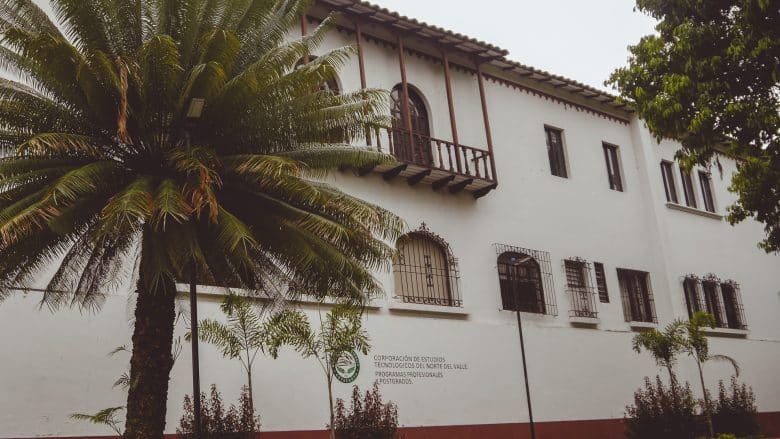
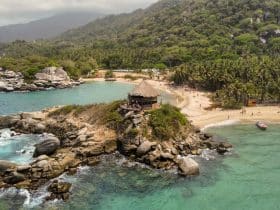
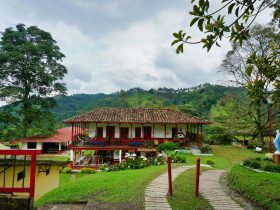
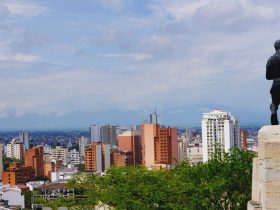
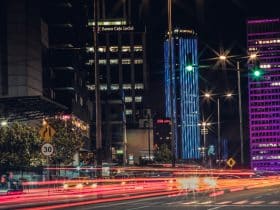

















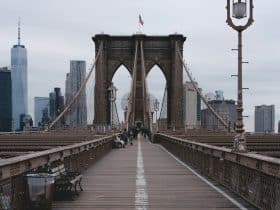
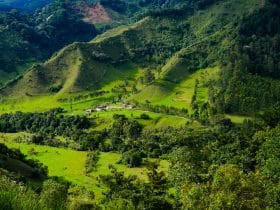
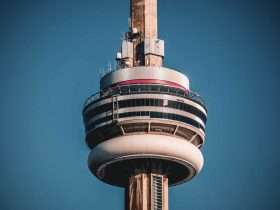
Leave a Reply
View Comments